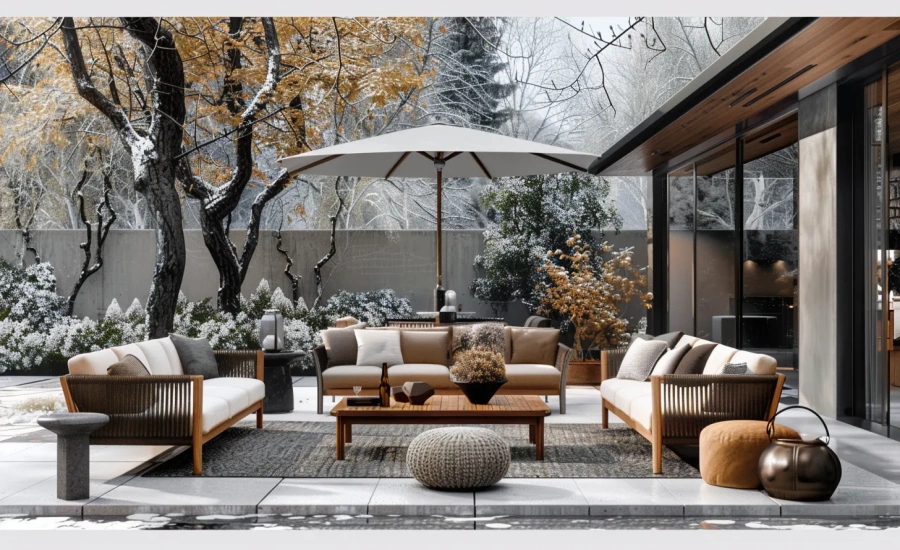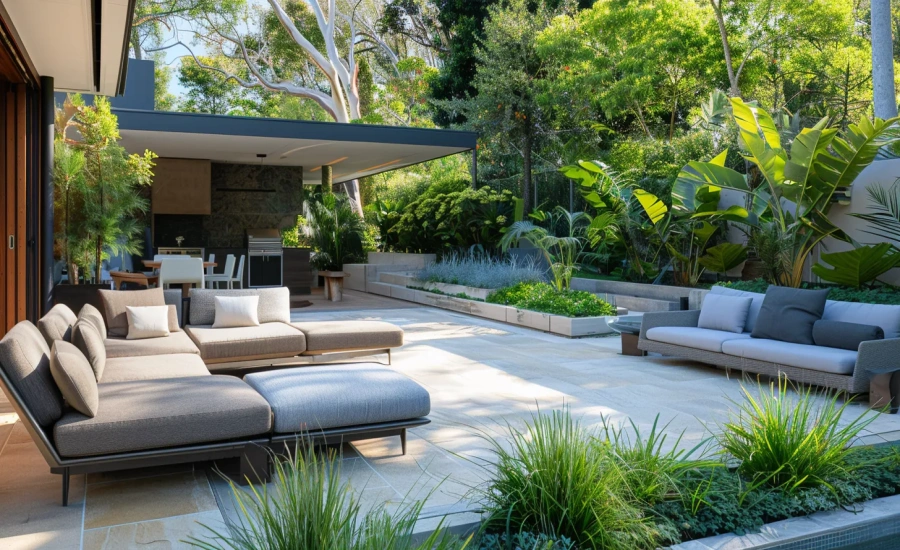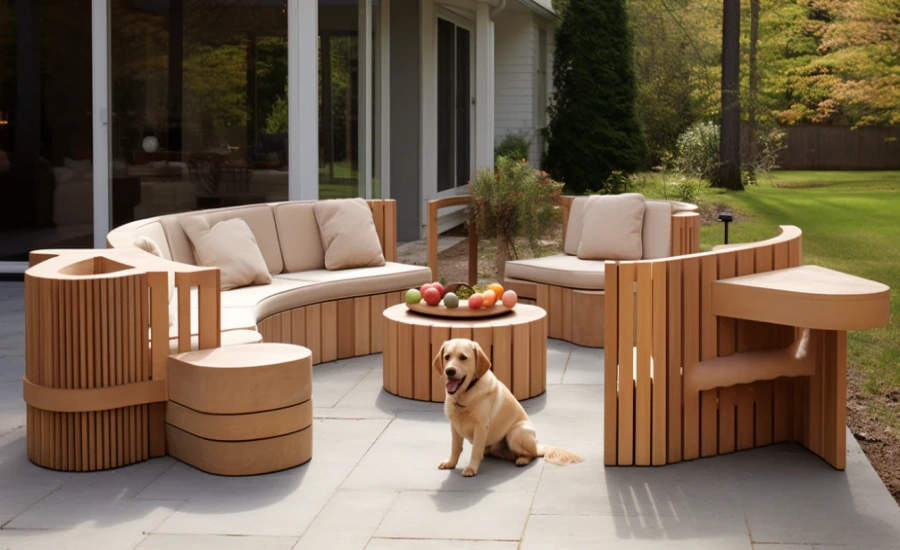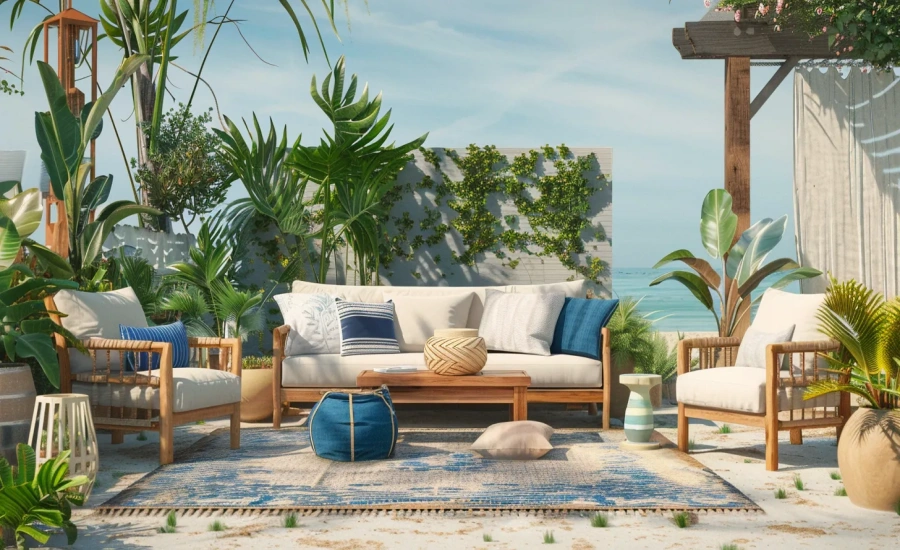Material selection determines longevity more than any other factor. Aluminum stands out for its rust-resistant properties, especially when powder-coated for extra protection. Teak remains a premium choice, naturally repelling water and insects while developing an attractive silver patina over time. Synthetic wicker crafted from resin fibers mimics natural rattan but won’t crack or fade. For cushions, solution-dyed acrylic fabrics resist UV damage and moisture better than standard textiles.
Construction quality separates temporary pieces from lasting investments. Look for welded joints rather than screwed connections on metal furniture. Tempered glass tabletops handle temperature fluctuations better than standard glass. Rust-proof hardware and double-stitched seams on cushions indicate careful craftsmanship. High-density polyethylene (HDPE) lumber won’t splinter or rot like traditional wood.

Comfort features transform basic furniture into welcoming retreats. Deep seating with quick-dry foam cushions encourages relaxation, while ergonomic chair backs provide proper support. Adjustable recliners and modular sectionals adapt to different activities and group sizes. Dining chairs should allow for comfortable lingering with arms that tuck neatly under tables.
The best outdoor furniture creates seamless transitions between indoor and outdoor living. Weatherproof rugs define spaces, while side tables with weighted bases stay put in breezy conditions. Integrated storage in benches and coffee tables keeps essentials handy yet protected. With proper selection, outdoor furnishings become permanent fixtures of comfortable living rather than seasonal accessories.
Smart shoppers balance immediate costs with long-term value, recognizing that quality materials and construction ultimately prove more economical. The right outdoor furniture withstands years of use while maintaining its beauty and comfort, transforming any exterior space into a cherished extension of home.



